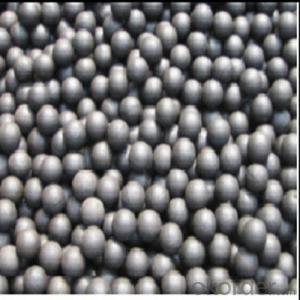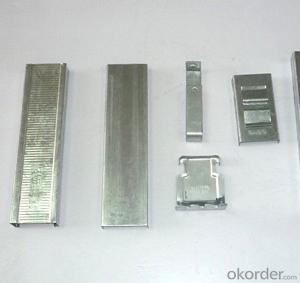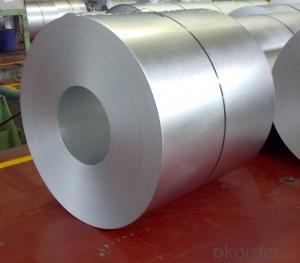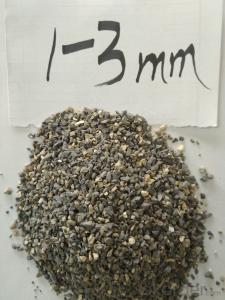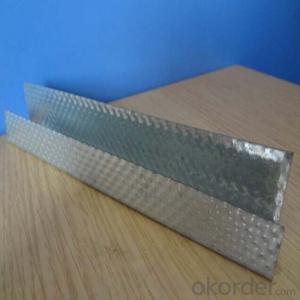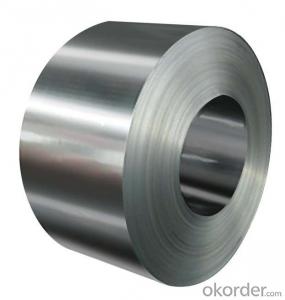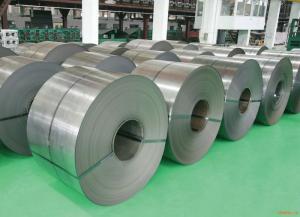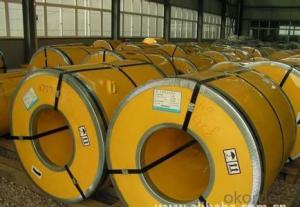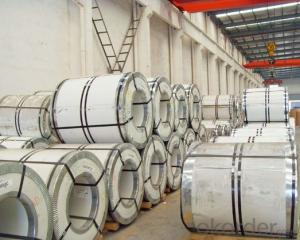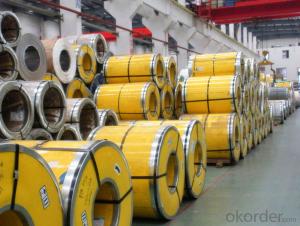Scratches In Stainless Steel
Scratches In Stainless Steel Related Searches
Best Paint For Stainless Steel Blanket Insulation For Steel Buildings Primer For Galvanized Steel Foam Filter For Stainless Steel H S Code For Stainless Steel Surface Grinding Wheels For Stainless Steel Surface Grinding Wheels For Hardened Steel Hole Saw For Stainless Steel Paint For Stainless Steel Stainless Steel For BbqHot Searches
Steel Mesh Panels For Sale Price For Stainless Steel Scrap Scrap Price For Stainless Steel Price For Stainless Steel Stainless Steel Tank For Sale Stainless Steel Sheets For Sale Cheap High Tea Sets For Sale Stainless Steel Tanks For Sale Stainless Steel For Sale High Density Fiberboard For Sale Solar Hot Water Collectors For Sale Scaffolding For Sale In Uae Scaffolding For Sale In Ireland Scaffolding For Sale In Houston Type Of Inverter For Solar Price Of Shipping Containers For Sale Types Of Inverter For Solar Stock Price For Aluminum Used Solar Inverter For Sale Steel Mesh Panels For SaleScratches In Stainless Steel Supplier & Manufacturer from China
Okorder.com is a professional Scratches In Stainless Steel supplier & manufacturer, offers integrated one-stop services including real-time quoting and online cargo tracking. We are funded by CNBM Group, a Fortune 500 enterprise and the largest Scratches In Stainless Steel firm in China.Hot Products
FAQ
- Yes, stainless steel strips are highly suitable for appliance handles. Stainless steel is known for its durability, corrosion resistance, and sleek appearance, making it an ideal material for handles that are regularly used and exposed to moisture. Moreover, stainless steel can easily be cleaned and maintained, ensuring the longevity and cleanliness of the appliance handles.
- Depending on the specific grade and type of stainless steel, the typical hardness values of stainless steel strips can vary. Generally, stainless steel strips have a hardness range of 150 to 250 on the Vickers hardness scale (HV). Certain grades of stainless steel may exhibit higher hardness values, exceeding 300 HV or even more, whereas others may have lower hardness values, approaching the lower end of the range. Additionally, it is worth noting that factors such as the heat treatment process and the strip thickness can also influence the hardness of stainless steel strips.
- What type of stainless steel is magnetic stainless steel?
- 1, 420- type "cutting class" martensitic steel, similar to Brandt's first high chromium stainless steel this. Also used in surgical knives, which can be made very bright.2 model 430- ferritic stainless steel for decorative purposes, such as automotive accessories. Good formability, but poor temperature resistance and corrosion resistance.3, 440- type high strength cutting tool steel, carbon is slightly higher, after appropriate heat treatment to obtain a higher yield strength and hardness can reach 58HRC, which belongs to the most hard stainless steel column. The most common example is razor blades".
- Indeed, elevator doors can utilize stainless steel strips. Owing to its robustness, durability, and ability to resist corrosion, stainless steel stands as a favored option for elevator doors. These strips can enhance the visual allure of the doors, imparting a chic and contemporary look. Moreover, stainless steel is effortlessly cleaned and maintained, rendering it a pragmatic choice for elevator doors that experience regular usage and possible impact. Ultimately, stainless steel strips are an appropriate and frequently employed material for elevator doors.
- The factors affecting the machinability of 111 stainless steel strips include the composition of the steel, such as the amount of alloying elements present, the microstructure of the steel, the hardness of the material, the presence of impurities or inclusions, the cutting tool used, the cutting parameters, and the lubrication and cooling during the machining process.
- The composition of 111 stainless steel strips typically consists of iron, chromium, and nickel as the main elements, along with small amounts of other elements such as carbon, manganese, and silicon.
- Stainless steel strip alloys are categorized based on their chemical composition and properties, which determine their suitability for various applications. Here are some of the different types of stainless steel strip alloys: 1. Austenitic stainless steel: This is the most common type of stainless steel strip alloy, known for its excellent corrosion resistance. It contains high levels of chromium and nickel, which provide stability and durability. Austenitic stainless steel is non-magnetic and is often used in industries such as food processing, chemical, and pharmaceutical. 2. Ferritic stainless steel: Ferritic stainless steel strip alloys have a higher chromium content than other alloys. They are magnetic and possess good resistance to corrosion, heat, and stress. These alloys are commonly used for applications that require high strength and resistance to oxidation, such as automotive exhaust systems and appliances. 3. Martensitic stainless steel: Martensitic stainless steel strip alloys are hard and strong, making them suitable for applications that require wear resistance and high mechanical properties. They have a higher carbon content, which allows them to be hardened through heat treatment. These alloys are commonly used in cutlery, surgical instruments, and turbine blades. 4. Duplex stainless steel: Duplex stainless steel strip alloys have a mixed microstructure of austenite and ferrite, offering a balanced combination of strength and corrosion resistance. They have higher levels of chromium and molybdenum, making them highly resistant to stress corrosion cracking and pitting. Duplex stainless steel is commonly used in chemical processing, oil and gas, and marine environments. 5. Precipitation-hardening stainless steel: These alloys can be heat treated to achieve high strength and hardness. They contain elements such as nickel, copper, and aluminum, which form precipitates during the heat treatment process, resulting in increased strength. Precipitation-hardening stainless steel is commonly used in aerospace applications, as well as in high-performance automotive components. It is important to note that within each type of stainless steel strip alloy, there are numerous grades and variations available, each with its own specific properties and applications. Therefore, it is crucial to carefully select the appropriate alloy based on the requirements of the intended application.







